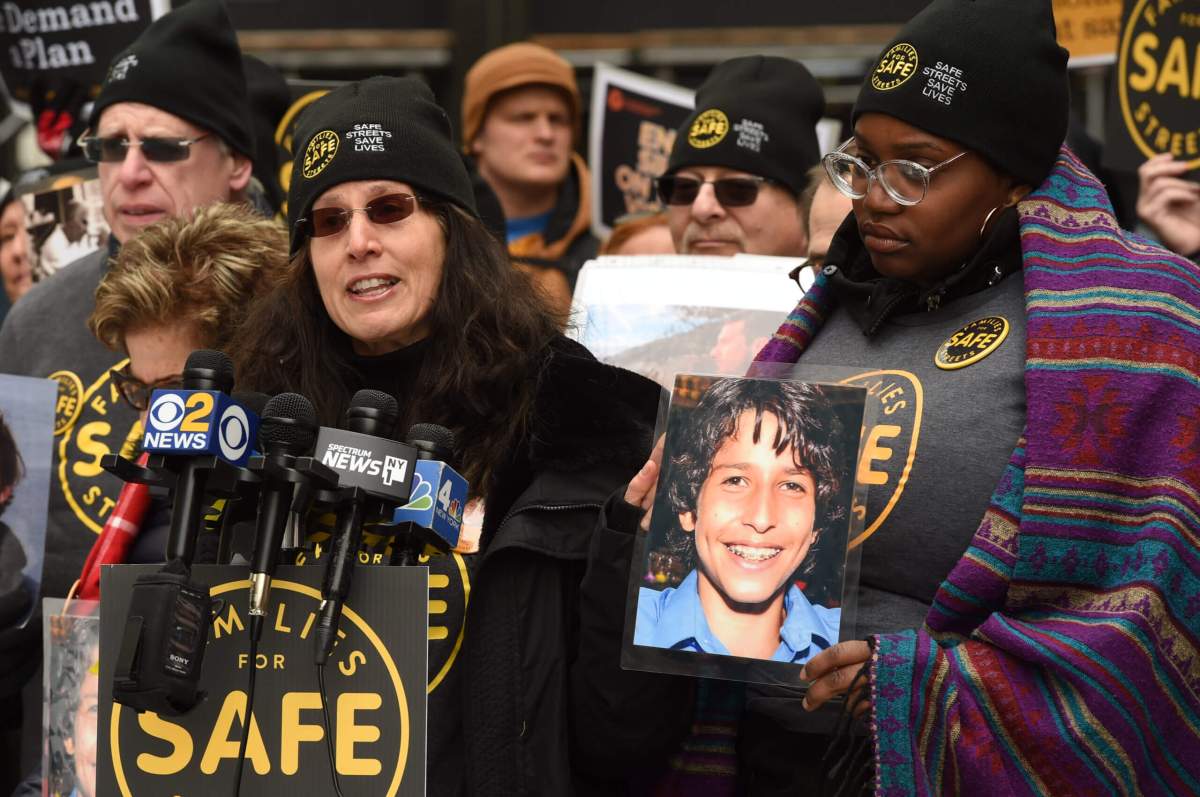A newly-released report by the Community Service Society of New York (CSS) found that rent burdens for low-income tenants living in the city’s private rental market rose markedly over the last six years. For the majority who do not benefit from vouchers or government-subsidized housing, the proportion of income going toward rent rose from 45 to 49 percent between 2005 and 2011. Nearly half (49 percent) now spend at least half their incomes on rent compared to 41 percent in 2005. These rent-income pressures could get even worse when the Rent Guidelines Board meets on June 21 to vote on stabilized rent increases.
According to the report, “Making the Rent: Before and After the Recession,” this is part of a widening gap between rents and incomes for all tenants, regardless of income. The persistent rise in rents since 2005, before the recession struck the city, has been compounded by the fall-off in employment and income since 2008 during the present job-short recovery. Since 2005, median rents posted a gain of 31 percent, against a net increase of only 18 percent in median renter incomes.
Through the six-year period, low-income tenants in the private market were under continual threat of rents outpacing income gains. Median rents increased by 25 percent, while median incomes had a net increase of only 17 percent. Even in regulated rentals, low-income renters without vouchers faced a net increase of 28 percent in median rents that overtook their net income gain of 22 percent. With a larger portion of their income going to rent, the report warns that hundreds of thousands of low-income tenants who rely on the private rental market without benefit of rent assistance are facing greater risks of rent arrears, eviction and other hardships.
“After paying the rent, the typical poor family in New York City has less than $5 dollars daily per member for food, transportation, medical and educational needs,” said David R. Jones, President and CEO of the Community Service Society. “To increase rents at a time when wages and hours for low-income New Yorkers are falling off or flattening will no doubt lead to more family hardships and homelessness, now at an unprecedented high.”
In 2011, there were approximately 615,000 low-income renters who were “unassisted,” about 70 percent of them near-poor rather than poor. The CSS report examines budget pressures on low- income tenants living in private rentals without benefit of rent assistance or vouchers. For poor tenants (with incomes below the federal poverty line of $ 17,374 for a family of three), the report found that rent burdens rose from 60 to 65 percent of income between 2005 and 2011; the proportion paying at least half their incomes spiked from 66 to 80 percent.
Stabilizing the rental market by setting reasonable rent increases that take into account the needs of both tenants and owners is the responsibility of the Rent Guidelines Board (RGB). Despite the recession, the city’s rental market has remained fairly robust thanks to high demand for rentals in a tight market short of affordable opportunities and the obstacles to home purchase caused by the financial crisis. Raising further doubt about the need for a rent increase, the report cites evidence that recent guideline increases by the RGB may have overcompensated property owners by projecting owner costs that exceeded actual costs. For instance, in 2010, the RGB projected a 5.5 percent increase in owner costs against an actual increase that turned out to be only 0.9 percent. Three years earlier, the RGB projected a 7.1 percent increase in owner costs against an actual increase of 5.2 percent.
“Low-income families are being squeezed by escalating rents and a decline in income and employment, “ said Victor Bach, CSS Senior Policy Analyst and co-author of the report. “Rising rent- income pressures are the iceberg that threatens enormous housing instability for low-income people in the city and generates the unprecedented doubling-up and homelessness we see.”
In light of the report’s findings, CSS urges the RGB to impose a “rent freeze” on June 21 when it makes it final decision on this year’s rent increases. At a previous meeting, the RGB proposed a rent increase of from two (1.75 percent) to four percent for one-year lease renewals and 3.5 to 6.75 percent for two-year renewals. Other recommendations in the report include:
~Calling on the RGB to refrain from further supplemental rent increases at the lowest rent levels – what tenant advocates refer to as the “poor tax” – which raises rents at the lowest levels beyond the guideline increases, where the lowest income tenants tend to live.
~Urges New York State to reform its Circuit Breaker Real Estate Property Tax Credit to provide significant relief to low-income renters bearing high rent burdens in New York City and throughout the state. Recent increases in local property tax levels, here and elsewhere in the state, account for some of the upward cost pressures on owners and resultant rent increases imposed on tenants. Like homeowners, lower income renters deserve some measure of appropriate relief from rents that become more unaffordable as a result of rising property taxes on apartment owners.
~Urges the State Housing and Community Renewal agency to issue new regulations to fill the current gaps in rent administration and strengthen its enforcement of rent regulation.
For more than 168 years, the Community Service Society of New York has been the leading voice on behalf of low-income New Yorkers and continues to advocate for the economic security of the working poor in the nation’s largest city. We respond to urgent, contemporary challenges with applied research, advocacy, litigation and innovative program models that help the working poor achieve a better quality of life and promote a more prosperous city.


























